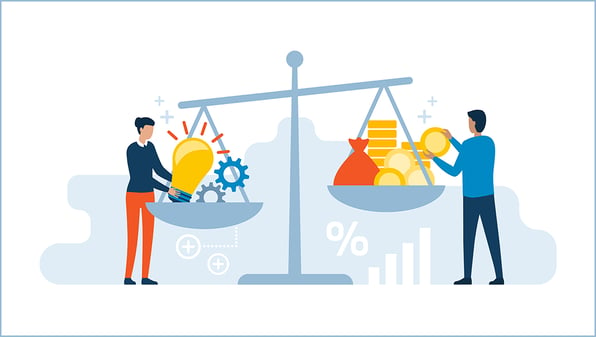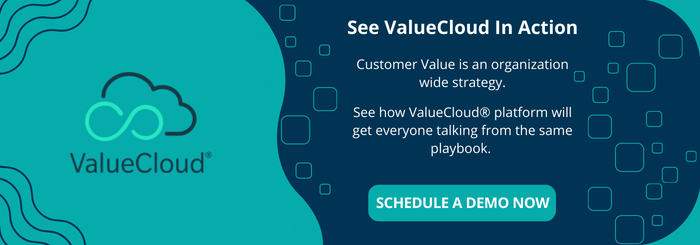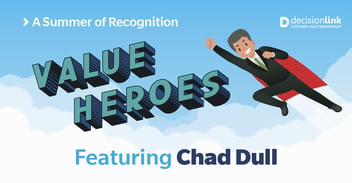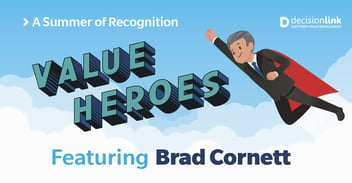Six Considerations for Successful Value-based Selling Programs

Currently, companies are investing heavily in training their salesforce to become value sellers. There are numerous reputable companies offering commercial excellence training combined with a value management approach. No methodology is perfect and there is always room for improvement. However, there are certain things a company must do before embarking on a strategic value-based selling program for their go-to-market teams. I list six considerations that sales leadership and training professionals need to keep in mind when designing value-based selling programs.
- Get the definition right: I have seen different definitions for value-based selling initiatives. Let me list a few here: value selling, selling value, selling on value, value-added selling, and value-informed selling. Definitions and words matter. It is essential to use the right name for the initiative and not succumb to the consultant’s latest trendy name. Value-based selling is an established methodology that has been around for decades. Let us call a cat a cat!
- Make sure value-based selling is not done in a vacuum and/or in a silo: Both the design and the implementation of value-based selling programs must be done in a multi-functional way. First, they need to be connected to value-based marketing and value-based pricing initiatives. They cannot be done in a vacuum with sellers doing their value analysis and producing their own value tools. Second, the production and definition of the value drivers and the value tools must be multi-functional. Bring sales, marketing, technical, and pricing folks together to extract messages and drivers. Keep alignment in mind.

- Quantified benefits are the way to go as part of a solid value toolbox: You must prioritize the value quantification process in the value-based selling methodology. Too many companies stop at the customer benefit level without focusing on true differentiators and quantifying them in terms of financial value for the customers. I would argue that it is the heart of value-based selling. Without concrete quantified impact, your value propositions are weaker and less impactful. When designing your value toolbox to be used by your sellers, make sure these value nuggets are used in many locations. Repetition is key to convincing the customers to pay attention. If you do not know how to do this, bring your value engineers, your value consultants, or your value-based pricing experts to the table. They will become your best friends!
Would you like to see ValueCloud in action? Book a no-obligation demo now.
- Value-based selling and negotiation for value are not the same things: In fact, they are completely different. Value-based selling is a way of being and a way of working. It never stops. It is engrained in the sellers’ DNA. Value-based selling is ongoing and extremely focused on long-term relationships. Negotiation for value is more tactical, time-bound, and focused on specific transactions. While both are part of commercial and sales excellence programs, the training curriculums are different. Keep that in mind when designing your programs.
- Adopt a methodology and focus on automation and speed: You might want to shop around and evaluate the various providers of value-based selling training and consulting. They are offering similar services using some of the same fundamental principles. The key point that I recommend you pay attention to is the speed of deployment and the ability to automate value-based selling programs. Doing things manually and customizing the value tools based on specific customer input takes time. Sellers need to sell. And they need to be doing so with the right tool at the right speed. There is a high probability of failure and low adoption if the sellers must produce their own value tools and documentation. In the future, value-based selling programs will be closely tied to technology and much more focused on outcome and impact. That change is happening already. For example, ValueCloud® is now part of the Force Management training program.
- Focus on training but also on mindset change: The end goal of any value-based selling program is to transform the sellers from cost-plus or market-based selling to value-based selling. That takes time, effort, and repetition. But the challenge is to create irreversible change in the way the sales team thinks, operates, and behaves. The design of your value-based selling programs is as essential as the methodology you select. Slow down if you need to but get it right at the right time. If you miss this first opportunity, chances are that you will have to do another round of training and another round the year after.
Customer value management is a team sport. One of the team members must be a learning and development professional. This is not business or training as usual. These six key considerations can make or break your value-based selling programs. Think carefully, select the right partners, and focus on the right success KPIs. You should not just get it done because someone told you to do so. We are not checking the box here. We want to do this for impact and to scale based on customer value. That is a different proposition. Be bold - join the customer value revolution.
Hear the latest conversation on value selling and value management as a team sport here.
Bio

Dr. Stephan Liozu (www.stephanliozu.com) is the Founder of Value Innoruption Advisors (www.valueinnoruption.com), a consulting boutique specializing in industrial pricing, digital business, and value models, and value-based pricing. Stephan has 30 years of experience in the industrial and manufacturing sectors with companies like Owens Corning, Saint-Gobain, Freudenberg, and Thales. He holds a Ph.D. In Management from Case Western Reserve University, and has written several books, including Dollarizing Differentiation Value (2016) and Value Mindset (2017).

 ValueCloud
ValueCloud
.png?width=118&height=76&name=Rectangle%20(3).png) ValueCloud Ignite
ValueCloud Ignite
.png?width=92&height=92&name=Rectangle%20(4).png) Free Assessment
Free Assessment
.png?width=100&height=100&name=Rectangle%20(5).png) Watch a Demo
Watch a Demo
.png?width=82&height=96&name=Rectangle%20(6).png) Value Calculator
Value Calculator

.png?width=62&height=51&name=Group%2010%20(1).png) Marketing
Marketing
 Sales
Sales
 Customer Success
Customer Success
 Engage Prospects
Engage Prospects
 Win Deals Faster
Win Deals Faster
 Retain Customers
Retain Customers
.png?width=62&height=62&name=Rectangle%20(8).png) Adopt and Scale
Adopt and Scale
.png?width=54&height=54&name=Rectangle%20(9).png) Cybersecurity
Cybersecurity
 Healthcare
Healthcare
.png?width=54&height=54&name=Rectangle%20(10).png) IT & Software
IT & Software




